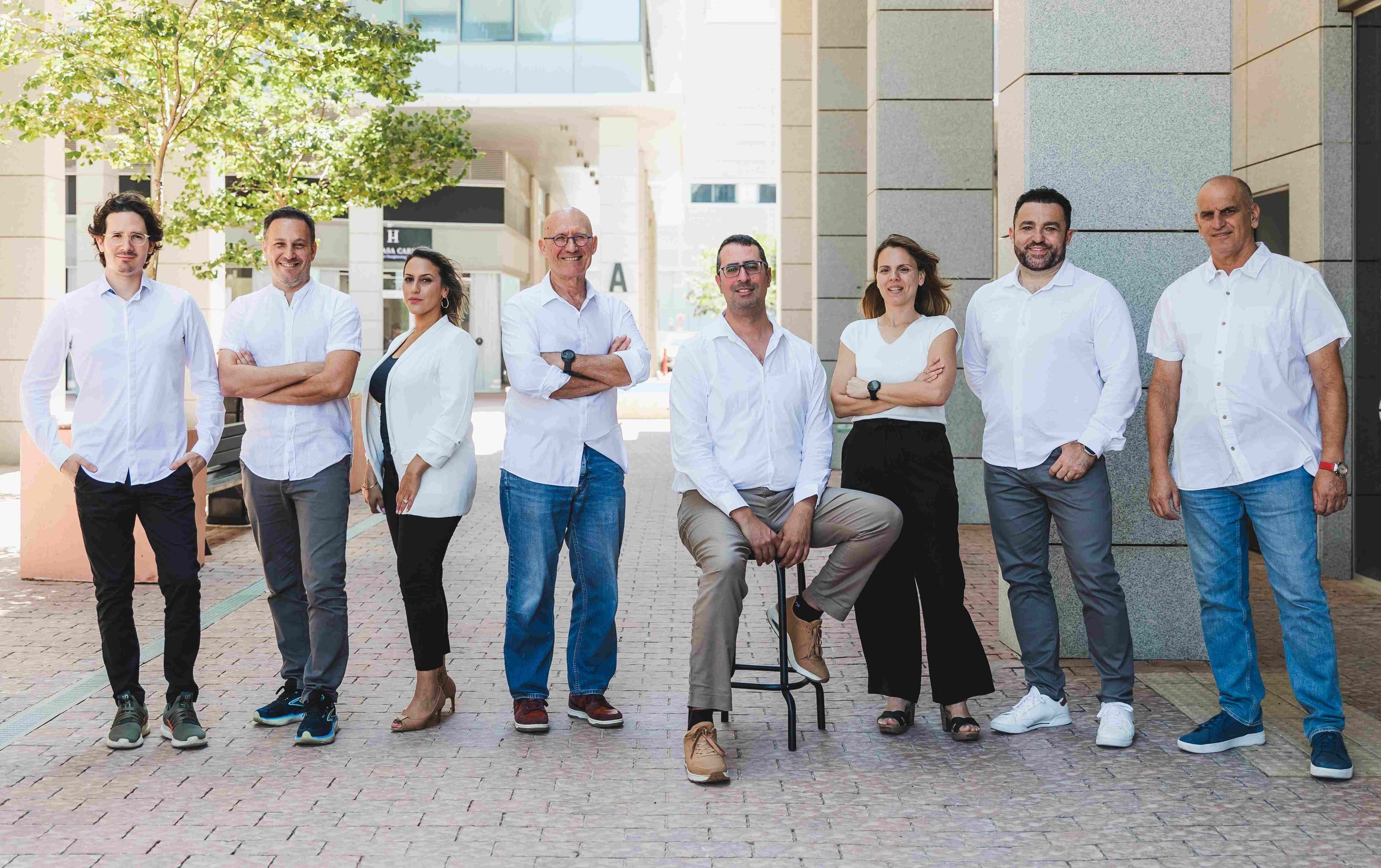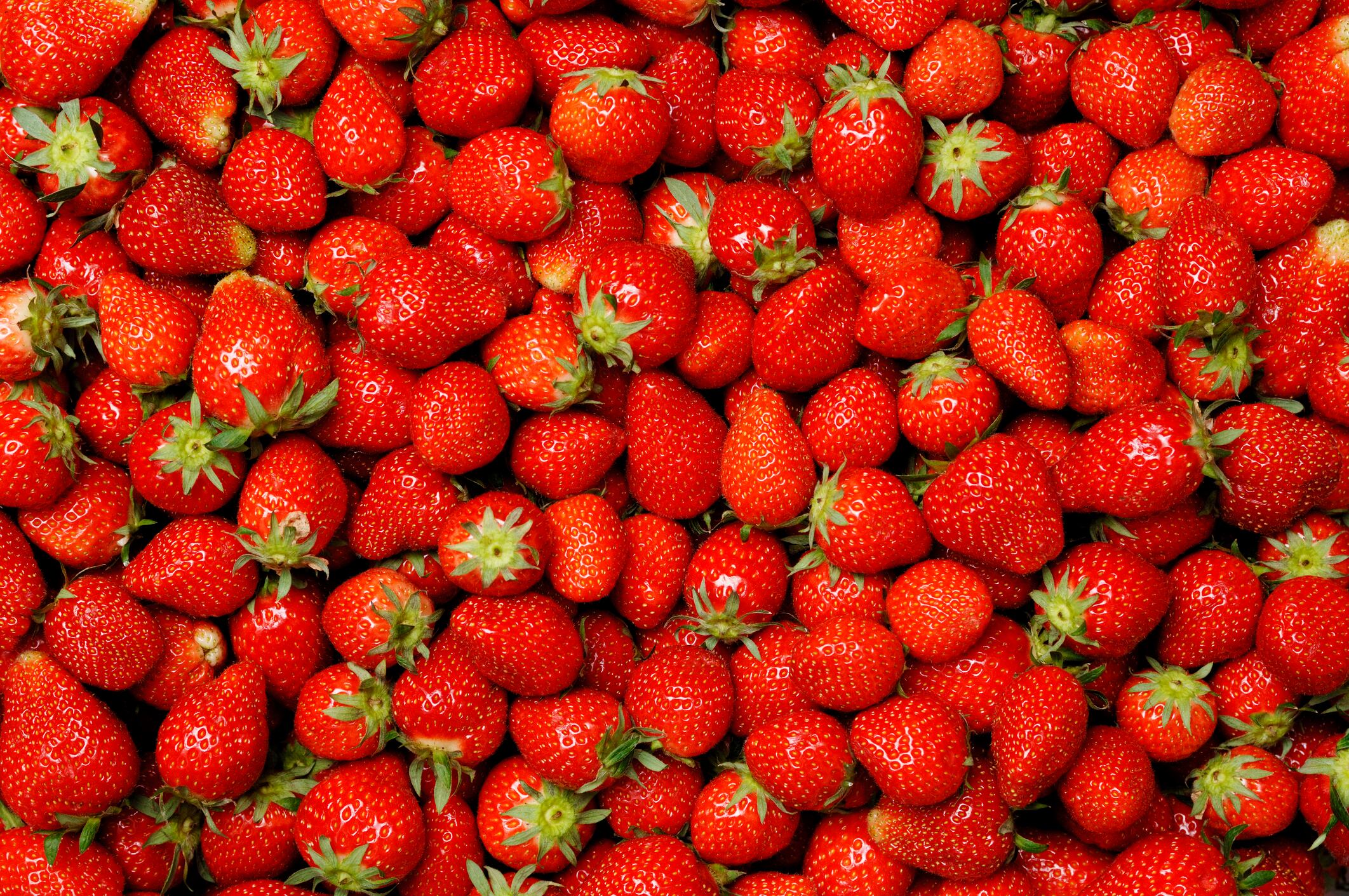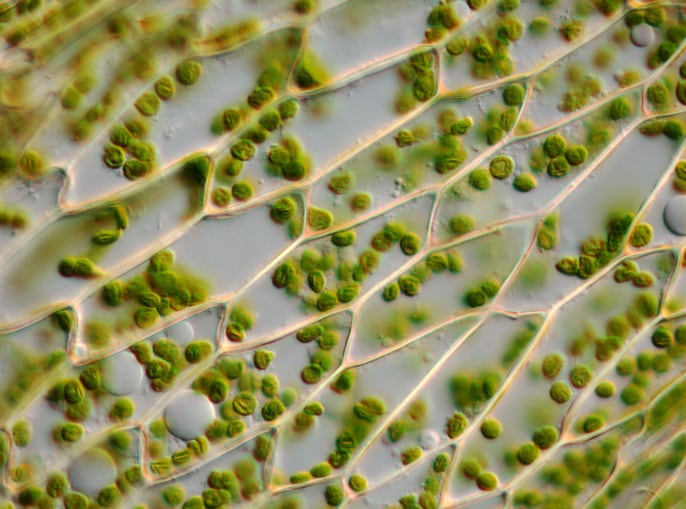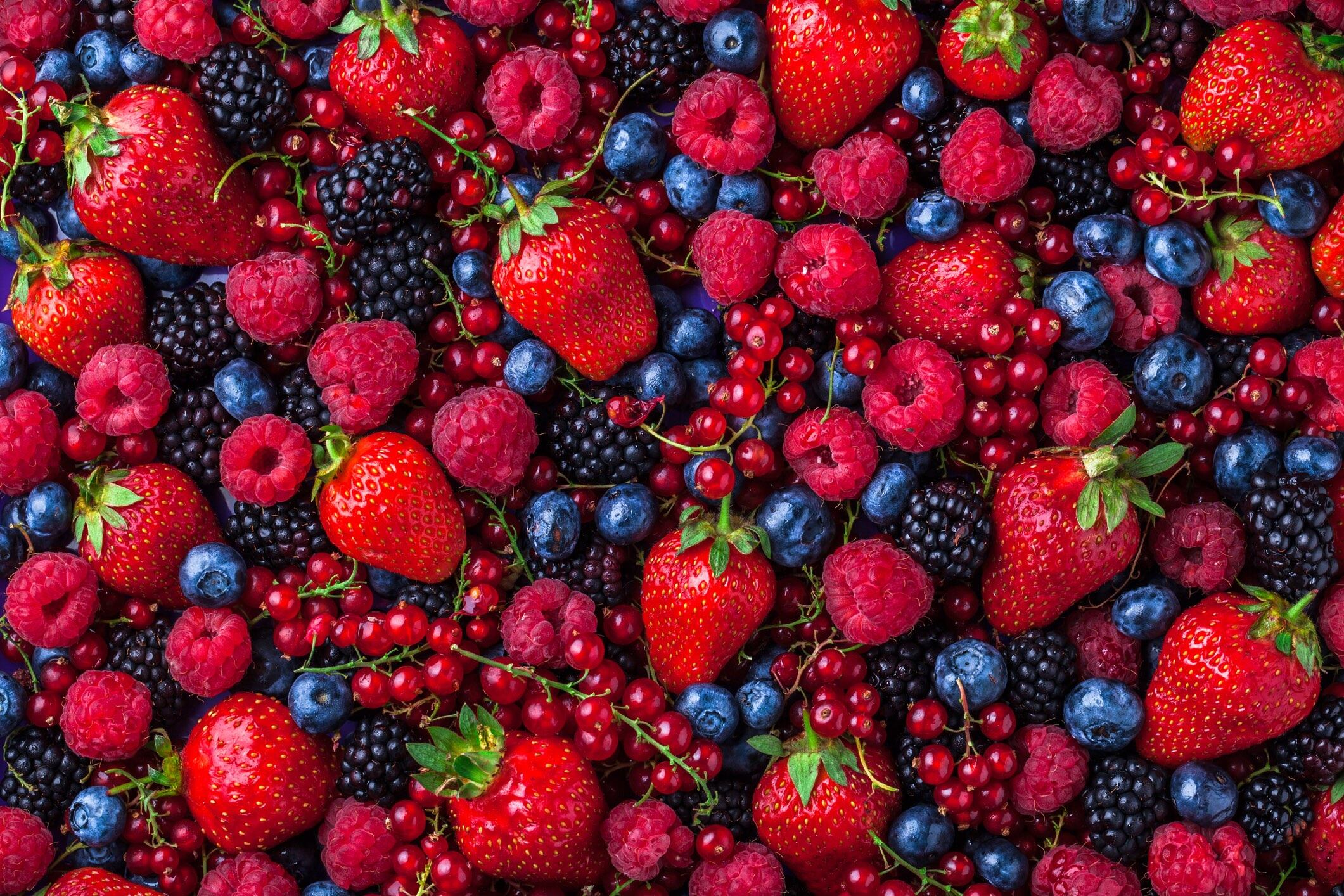Isreal-based biotech company Novella has introduced a strawberry-derived ingredient developed using plant-cell cultivation, a method that avoids the use of mature fruit and enables production of stable bioactives at commercially relevant concentrations.
“It’s important to clarify that Novella’s product is not an extract,” Itay Dana, the company’s co-founder and chief business development officer, told NutraIngredients.
The novelty of the ingredient instead lies within “several layers of innovation, including the company’s proprietary AuraCell plant-cell technology, comprehensive compound monitoring and whole-cell preservation, she explained.
Rather than extracting select fractions from fruit, the process begins with cells isolated from strawberry tissues. These cells are cultivated in bioreactors under controlled conditions to produce a broader spectrum of phytonutrients, including compounds typically present in trace levels in mature fruit.
The process dries and delivers the intact cell, which produces a final product that is said to be “richer, more complex and ultimately more potent, reflecting the full biochemical profile of the plant rather than a single dominant group”, according to Dana.
Addressing challenges in strawberry extract supply chains
Strawberry powders used in previous clinical studies are typically derived from freeze-dried whole fruit, which can contain high sugar content and diluted concentrations of active compounds.
“It has been very difficult to build a consistent commercial supply of stable strawberry extracts,” Dana said. In addition to being “loaded with sugars or too dilute in active compounds,” conventional fruit powders also require very high doses to show benefits, he added.
The company’s process yields higher concentrations of phenolic acids and related compounds found in the plant, he confirmed, and allows for their use at lower inclusion levels. Novella’s approach aims to address needs in metabolic support, beauty-from-within and healthy aging, which are three areas where strawberry bioactives have shown promise in published research.

Whole-cell format preserves stability and minimizes waste
By retaining the full cellular structure, the ingredient, Novella Strawberry, may offer improved shelf stability of sensitive bioactive compounds.
“Because we preserve the whole cell, the natural structure protects sensitive molecules from oxidation and degradation, ensuring they remain stable and effective through storage and use,” Dana said.
The production process also eliminates the high levels of waste associated with conventional extraction, which often discards over 99% of plant biomass.
“In our process, 100% of the cultivated biomass retains value, [which] means dramatically higher efficiency and lower resource use,” he said.
Regulatory pathways and market focus
Novella plans to launch Novella Strawberry in North America and the APAC region first, citing favorable regulatory environments and faster uptake of novel technologies. The company anticipates entering the European market after completing the necessary novel food applications.
“The European Food Safety Authority (EFSA) has already recognized plant cells as safe in principle, but every product still requires an individual application, and that takes time,” Dana said.
The ingredient is initially being positioned for use in nutraceuticals and functions foods, with potential expansion into cosmetics under consideration.
While human trials have not yet been conducted on the ingredient, Dana also confirmed that the company is preparing to invest in clinical research.
“We are carrying out a range of preliminary assessments to determine which type of clinical study will best balance two priorities: addressing the needs and interests of the market and generating the strongest possible evidence of health benefits,” he said.





